 Slowly businesses are opening up and that means your company, big and small should be thinking about your plan to safely practice and operate. Today, I attended a webinar by my accounting firm, Weaver.com and want to share bits of wisdom and notes I took away from the 30 minutes I was able to attend. 5 Tips to Prepare and Plan
Making a Plan Businesses of all sizes that have an office space or outside location of the home should prepare for their comeback. A plan should be in place. The plan should cover things you are doing for your employees to keep them safe, mitigation in case someone does get sick, and plans to keep clients or customers safe and also feel secure. A few things that should be included in your plan:
Publish and Share the Plan
Along with coming up with a plan that also might be specific to your industry and your business, comes the need to publish, put signage out, coordinate with HR and Security and Check-In Desk, and sharing. Informing your employees about work from home and in-building protocols, rules, and compliance orders are an important part of keeping your office or business safe and minimizing exposure or spreading of COVID-19. Sharing may take many forms including email, posting to human resource shared document locations, putting up signage at the front entrance or door or strategic locations in a factory or shipping area for example, and also making clients or customers aware upon physical entrance to your office or building. These may include visitor rules or requirements like wearing masks or using hand sanitizer. In addition, you may want to make it easy for your customers by supplying the masks. Update Policies With opening up comes new rules, policies, protocols, operational changes, and compliance requirements. If you require an update to your Employee Handbook or OSHA related safety documents, then an expedited process to get the information updated and download documents from the CDC or other government websites may be in order. If you have changes to sick policies, childcare, new restrictions or reporting requirements, then updating your policy documents will be helpful to employees ensure safety is remaining a priority. In addition, if your industry is health or wellness related, forms and building policies may be shared through text, email, website, etc as they set appointments, schedule visits, etc. Patients and clients/customers will have a higher level of expectations around cleanliness, disinfecting, and supplied like masks and hand sanitizing stations. These are all things to think about as you update your employee and customer policies. You may also want to consider limiting or closing down waiting areas, staging areas, common areas and other places where exposure might be higher. Put up Signage and Share Reminders Think about putting up signage and notices to help your employees keep a safe working environment. The same thing goes for customers or patients. Make sure the signs or notices are accessible (for wheelchair, deaf, blind, etc.) or have other means to communicate to support those with disabilities. It also might be beneficial to do periodic reminders or check-ins with your employees, your team, and include information for clients in newsletters or email campaigns. Retail establishments may want to post requirements like wearing masks and other changes very clearly on their front door or other outdoor signage. If you have digital displays or signage, those may be other platforms to share information and update. Sharing any information about changes or requirements may also be helpful to share on your company's or business' social media pages. Continuous Improvements We are very much in a 'learn as you go' environment, so be sure to make adjustments as you go and find ways to improve your business safety, including workspaces and work environment. If you plan accordingly and are transparent around the changes and ongoing safety protocols, you should provide your employees and customers with a higher level of trust and comfort as they frequent your establishment or visit your offices. Pay attention to OSHA, CDC, other federal, state and local guidelines and prepare as much as you can along with making improvements as you go. Written by Stephanie Atkinson It is now the norm and you as a business owner, manager, worker, manager, etc, must embrace the best of the best work from home tools to keep your business, your company, and the economy going. I want to share a few tips and tools based on my own experience, research, and technology learnings, as I have been working from home (#WFH) for more than 18 years. I understand not all job roles can be transitioned to a remote workforce, but for companies getting started, these tips might be the most helpful for you.
Choose your Security (Mobile, Online, eCommerce)
Whether you are using smartphones, tablets, or company provided/personal computers, you need to adhere to very strict security requirements for work activities. Make sure your Internet, Computer, and Phone security software is live, up to date, and activated. If you can, make sure to use a secure VPN connection when accessing corporate assets, files, and systems. If you fail here and allow employees to just use ANY device they have at home, then you are opening yourself up to massive vulnerabilities that you can bet will have hackers ready to grab and disrupt what they can. Corporate Access and Corporate Liable Equipment and Devices If you have to issue corporate liable or corporate provided devices, computing, smartphones, or other devices, please make sure to work with your technology partners to understand what might be included in the packages including troubleshooting, customer services, security, backup, software updating, etc. If you believe your industry or company will require employees to work from home for more than 60 days, then you might need to consider issuing company provided devices and equipment to better control and manage corporate assets, work activities, and of course security. If you do not have a budget to do this, then you might be able to at least invest in VPN services or mobile/IT security services to better protect your employees and company assets. Providers you might want to check into include Norton, McAfee, Samsung Knox, and Lookout. Digital Communications (Messaging, Doc Sharing, Videoconferencing) So many great options for communicating with your co-workers, your team, your partners, etc. Here are a list of tools that might be useful for your business:
Sales and Marketing Shift - Moving to Pure Digital for Now As we see conferences and live events get cancelled or postponed, as well as cancel face-to-face sales calls, we must seek new ways to reach out to clients, partners, and ecosystem players in a purely digital and online manner. If you need to ramp up your website, your e-Commerce engine, your CRM and lead generation capture tools, now is the time to do it if at all possible. For some industries, this is just not possible, but for technology and service companies, it might become more of a permanent solution as the uncertainty and timing of the COVID-19 is unknown. As you think through your sales and marketing activities, please consider evaluating the following areas for digital enablement:
Ongoing Engagement & Staying Relevant Right now consumers are extremely distracted, and businesses are expected to be very cautious. As such, as you think about your new normal, including pushing more into the digital and online experience model, you must remain engaged with customers and clients. That might mean better communications around safety, health concerns, support,and offering clients a "break" during this uncertain time. In addition, you must provide alternatives, solutions, and ideas to support their concerns, especially as it relates to your company, your products/services, and what is changing. If you remain silent and wait to provide special care and assistance, then your clients may lose faith in you as a company. It is important to continue to remain engaged not just in a transactional manner, but also through showing empathy and supporting client concerns. For more tips while working from home, check out this article: Easy Tips to Help you Stay Productive While Working from Home Source: Compass Intelligence, 2019 As we look to the future of work, our enterprise environment is dealing with constant disruption through new market entrants, automation bringing new revenue models, and other market impacts that require businesses and leaders to become flexible, adaptable, agile, and build teams that can quickly prepare and respond to remain competitive and viable. This push to build agile work environments and teams gives rise to building brand new experiences to our customers online, through mobile platforms, during shopping or transactions, and as we interact with services and support teams with the vendors and companies we do business with. To a great degree, traditional technologies have been focused on the back-office, operations, and parts of the channel that are not exactly client-facing. Customers are demanding more and the experiences that we give them will become more automated and relevant to their own needs, be it a business or consumer customer. More open and dynamic businesses will in the end, provide richer and contextual digital customer experiences to meet these growing trends. The adaption to become more agile or to implement agile departments that work across the organization will evolve and require very specific changes depending on the industry or vertical market. These characteristics will be centered around remote workforces/workspaces, mobile reliance, data dependency for automation, adaptive practices, coachable workforces and staffing evolution, dynamic customer experiences, and flexible operations and strategies. Below is a depiction of some of the areas that will be impacted by industry: Source: Compass Intelligence, 2019 As we move our focus to a more customer-centric and customer-first approach, the on-demand economy drives some of the following technologies, trends, and customer tools. Businesses will rely on artificial intelligence, real-time data analytics and processing, and next generation virtual assistance to engage, provide superior services, and meet the needs of the on-demand economy. Source: Compass Intelligence, 2019 In the end, the push to become more agile requires a cultural change and will require finding the right mix of teams including outsourced, internal staffing, etc. The element that brings it all together is for IT to consistently deliver along the way, adapt to changing practices, better learn the business and operations, and strategically align with client and end-user needs.
 Every year CES® put on by the Consumer Technology Association showcases the next wave of technologies including new gadgets, electronics, computing devices, and a list of emerging products that mesmerize and make waves with roughly 4.5K exhibiting companies. According to their website, "CES is the world’s gathering place for all who thrive on the business of consumer technologies. A high-level business event that touches all industries, it’s the place where business gets done." CES has also evolved, with roughly 175K attendees in 2020 and having previously focused on consumer-only electronics and devices, and now the door has been opened for a host of areas "including 5G connectivity, artificial intelligence, augmented and virtual reality, smart cities, sports, robotics and more." About 3 years or so, they even opened up the show floor to showcase "B2B" or business targeted technologies and solutions. As such, this event encompasses a range of industries including consumer electronics, smart home technologies, communications technology, Internet of Things, Drones, AR/VR technologies, Fleet and asset tracking and monitoring, machine learning, smart cars and autonomous vehicles, robotics technologies, and so much more. This is my 9th trip to CES in Las Vegas, where I have hosted multiple media lunches and even previous award shows along with speaking on panels and participating in sub-events. This year seems quite a bit more organized not just at the event, but also across Las Vegas. Traffic and congestion was improved, ride sharing services were more responsive, locating events and booths were bit easier to navigate, and the overall event seems to be run very well. I was able to roam around and attend booth meetings in North Hall, South Hall, Westgate but primarily centered around Tech East and Tech South. While I thought the overall mass buzz and excitement this year was overwhelming, there were some big things that happened this year, and sometimes we need to get back to the basics and foundation to essentially leverage technology to improve lives, business, and the overall planet. Here are a few takeaways based on my trip this year:
Among the many companies we met with, we were able to sit and chat with Geotab (a fleet tracking and management company, with a great number of Government clients), Ericsson, Samsung (to understand the various B2B related products and announcements), and quite a few booth tours by our top clients. Lastly, I was also able to attend Showstoppers (many smaller and startup products and companies) and other client events that were a bit more social. All and all, despite the event being less overwhelming than compared to those in the past, it was a much better experience due to the organization of the event itself and the city...in addition, we continue to embrace the growing list of IoT, business technology, and B2B device solutions being announced and shared at CES. Cheers to a great CES2020! Key learnings include:
Robot Sightings at #CES2020 Assorted photos from the Samsung Booth More at CES
Compass Intelligence is a proud media sponsor of IWCE! PRESS RELEASE
IWCE announces agenda and opens registration for its 44th annual conference for critical communications industry ATLANTA, Dec 3rd, 2019, IWCE the leading annual event for critical communications technology professionals, today unveiled its full program for its 44th annual conference to be held at the Las Vegas Conference Center, March 30th to April, 3rd 2020. To register to attend click here. Organizers expect more than 7,000 attendees for this year’s five-day day event which offers a two-day expo, educational workshops, short courses, power sessions, keynote addresses, town hall meetings, and networking events. The event will also host over 400 exhibitors from April 1-2 showcasing the latest products and services in hardware, networks, applications, interoperability and integration that drive communications systems. IWCE Conference Director Stacey Orlick commented “We are delighted to officially announce the program for IWCE 2020. Since its inception IWCE has provided an opportunity for all those who work within the sector to stay ahead of all the latest developments. There are so many new technologies changing the critical communication industry right now we expect 2020 to be one of the most interesting events yet! We expect the biggest buzz to be around 5G, FirstNet, drones, Artificial Intelligence, augmented reality, wearables and push-to-talk communications. In addition, attendees can learn about the latest developments in safe cities, new infrastructure that affects utilities and transportation, in-building wireless systems, technology advancements and the latest regulatory insights that they should be aware of. It’s also always a great opportunity for professionals to network with their peers or gain a new certification in our partner ETA’s Educational Forum. We hope to see you in Las Vegas in March!” What’s New For the first time this year, attendees can experience our new outdoor Drone Demonstration where they can see the drones in-action! There will also be an expanded Safe Cities technology section on the main expo floor where there will be a theatre showing content rich sessions that have a particular focus on advances in critical communications. All exhibit hall pass holders will be able to enjoy these new attractions. Speakers and Topics The Keynote this year will be given on April 1st by Chief Jeffrey D. Johnson, CEO of The Western Fire Chiefs Association who will discuss “The innovations that are actually changing street performance for responders.” A second Keynote Address will be presented by Bryan Wiens, Senior Product Manager, Cloud Services, InterTalk Critical Information Systems.. Other speakers include:
The main tracks at this year’s conference will be
In addition, co-located with IWCE 2020 is ETA International's Education Forum with 11 training classes providing certification in various technologies such as DAS, interference management and cybersecurity. To register to attend this year’s upcoming IWCE please visit here ___________________________________________________________ ABOUT THE INTERNATIONAL WIRELESS COMMUNICATIONS EXPO (IWCE) IWCE (International Wireless Communications Expo) is the premier annual event for critical communications, featuring an exhibit hall with over 400 exhibitors and a five-day comprehensive conference program. Over 7,000 individuals attend from a diverse group of industry professionals including product distribution, government, public safety, critical infrastructure, business enterprise and more. IWCE 2020 will be held March 30th to April 3rd in Las Vegas, NV. For more information, visit www,iwceexpo.com About Informa Informa PLC is a leading, international business to business information services Group, operating in over 30 countries. We create transaction-led exhibitions and content-based events, specialist data, intelligence and marketing services products, as well as scholarly research and specialist reference-led academic content. Our products and services help businesses and professionals connect, learn, do business and gain an edge over the competition. Informa is listed on the London Stock Exchange and is a member of the FTSE 100. Media Contact Danielle McCormick danielle@rtb-media.com 415.233.5974 U.S. wireless carriers have made significant strides in rolling out 5G services across major cities, but all are on different paces using varying spectrum strategies to reach both consumers and business end-users. According to a recent article on SDxCentral, "Earlier this month, T-Mobile US leapfrogged all of its competitors with a nationwide 5G network running on 600 MHz spectrum. The operator’s low-band 5G network covers about 200 million people, or about 61% of the total population, spanning a geographic range of more than 1 million square miles." They also share that AT&T will reach part of 30 cities by early 2020 with AT&T confusing some in the industry by using the term “5G E” brand in select cities, while using “5G” brand for 5G running over low-band spectrum, and “5G+” for those running on mmWave spectrum. Verizon recently announced reaching 30 cities and 14 NFL stadiums by the end of this year. Lastly, Sprint started out 2019 with a strong leading roll-out of 5G but is expected to end the year covering roughly 11 million people. Also, U.S. Cellular shares it will launch 5G service in Q1 of 2020.
Meanwhile, a recent survey conducted by Compass Intelligence shows roughly 49% of those 4K+ wireless end-users surveyed across the U.S. believe 5G is available within their city or town, with 15% planning on purchasing a 5G enabled smartphones or devices in 2020. As consumers plan upgrades, phone replacements, and trade-ins on their smartphones, it only makes sense to make sure your device is 5G ready or enabled. Most wireless end-users, 88% of the 4,351 surveyed, believe 5G will be faster than 4G or LTE, with 31% believing 5G will be much more than just a faster or speed upgrade when compared to 4G or LTE services. Wireless carriers have not really been effective at communicating what these other advantages are to consumers at this stage, as most of the marketing and communication has been about the coming advantages to business solutions yet consumers will see brand new customer experiences with 5G like they have not seen in the past. As for now, experiences within venues like airports, stadiums and event venues, shopping/retail, and engaging within a city has the potential to offer brand new real-time and personalized experiences. Many ideas have been shared at a high-level, but think about seamless buying and shopping catered to your needs and wants with better location, routing, checkout, and service. Within a city, interacting with public transportation or city services may be enhanced as 5G brings speeds that better leverage video, virtual reality (think 3D virtual city tours or interactive Uber ride experiences), and immersive experiences. Stay tuned next week to the latest in plans to switch carriers ...survey research rocks! This holiday season and the heightened economy has given rise to purchasing and this holiday season saw a spike in spending overall. According to recent tracking, "Retailers have much to cheer about this holiday season. According to Mastercard SpendingPulseTM, holiday retail sales increased 3.4 percent (ex auto) with online sales growing 18.8 percent compared to 2018." Online purchasing of electronic devices have also seen promising results including Black Friday, Cyber Monday, and overall Christmas shopping. Consumers are spending and this provided opportunities for those selling smartphones, tablets, and computing devices.
Compass Intelligence recently completed a survey with over four-thousand wireless end-users (4,351) and dove into a number of topics including planned purchases, perceptions of 5G, current ownership of devices, payment structures, and other related wireless services including insurance, prepaid, and leasing. This survey highlight included a snapshot of plans to purchase for smartphones, tablets, and computing devices. As shown, below is a roundup of purchasing plans for the next 3 to 4 months:
Note: Online survey conducted in late November 2019 with 4,351 (18 and older) wireless end-users in the United States. There are two notable driving forces expected to bring significant change to the tech industry. First, we are at the emergence of 5G realization as networks are being upgraded and new devices enter into the market. Secondly, edge computing is taking over the past discussions of the cloud as the answer to bring analytics and insights in a real-time and automated manner. Let's skip the mechanics and deep tech discussion. Below are some basic thoughts around these two areas and why they are important to the future of work, smart cities, consumer entertainment, and much more. View the related 5G in Business Infographic below, podcast coming soon! CLICK TO DOWNLOAD NOW The Basics of 5G
As 5G networks are being launched in select cities, the industry is embracing new changes compared to 4G/LTE speeds. 5G brings the dawn of a new era where we connect machines, objects, people, cars, and more. The 5G infrastructure market brings new opportunities and potential applications that we have yet to unveil, and the industry is bracing for speeds that bring mass IoT to fruition, low latency critical communications that is ultra-reliable, and enhanced mobile broadband. Fixed wireless also becomes more of a reality across the nation, as 5G brings speeds that are expected to directly compete with cable and other high-speed Internet services. At this stage we are at the cusp of exploring new use cases, hard-hitting applications, and new device roll-out (smartphones launching middle of 2019 and some hotspot devices). Even more important is what this means to businesses, consumers, and even government customers. Businesses are expected to leverage 5G for industrial and supply chain automation, connected vehicle enhancements, massive 5G IoT enabled sensor networks and systems, and much more. Consumers will experience new entertainment experiences on their phones, cars, and in the home that bring speeds we have yet to experience, and content that bring new levels of entertainment. Governments will leverage 5G for critical communications, smart city applications, and new city services. The opportunities are endless and the market is prime to engage, learn, and explore what 5G brings to the world. The Basics of The Edge Edge computing is an explosive topic for the tech industry, as we push intelligence to network end-points and devices as opposed to pushing data to the core/centralized cloud or to a remote server/datacenter. Chipset technologies have advanced where data analytics and decisions are being made at the equipment or device for critical decision making, business process improvement, and important action enablement. Edge computing combined with Internet of Things, brings simplification and new possibilities for immediate and real-time decision making for things like fleet management, asset tracking, supply chain management, advance manufacturing, building management, and improvements to smart cities. Additional technologies such as artificial intelligence (AI) and machine learning solutions elevate automatic decision-making and are further executed to bring automation to new levels for businesses and government. Edge computing coupled with the convergence of AI and IoT (AIoT) will lead to “thinking” networks and systems that are becoming increasingly more capable of solving a wide range of problems across a diverse number of industry verticals. Additional benefits anticipated include creation of new customer experiences and improved consumer applications such as within the entertainment industry. RELATED RESEARCH: 5G Research Reports Edge Computing Research Reports A few weeks ago, I had the honor to attend the annual Xfinity Analyst Day event in Philadelphia located at both the Four Seasons Philadelphia hotel and the Comcast Technology Center. Thank you to Joel Shadle and team for inviting me and for the insanely wonderful hospitality. As we think about consumer needs and wants, the instant economy demands innovative customer experiences that cater to individual and contextual personalizations, and this is exactly what Comcast is doing with a suite of solutions, products, and services around broadband, WiFi access, Mobile services, and Content. I will share a few highlights of the day's activities below.
Dana Strong, President Xfinity Consumer Services, kicked off the event and shared a great summary of the Comcast/Xfinity innovation journey. Xfinity's primary focus is to push for differentiation around product innovation. It was clear throughout the event that Comcast is fully focused on positioning Xfinity Internet as its primary product; and counts around 26 million residential customers for the service as of Q219, compared to 22 million video customers and 1.4 million Xfinity Home customers. The trio of innovation areas include speed, coverage and control for broadband. Upcoming and new solutions include bringing Hulu to X1 customers in the first quarter of 2020, along with innovation around WiFi with Xfinity xFi Pods WiFi Extenders and a home suite that is fully integrated and searchable by voice with options for adding home security (#smarthome 1.4M home security customers), and innovation around the X1 cloud DVR and remote services. X1 is a platform of platforms with companies such as Cox, Shaw, Rogers all using it as the foundation for their video products. In addition for homes today, it is all about speed as we are consuming more streaming video than ever. In fact Dana mentioned Xfinity customers used 6 billion video on demand hours along with 9 Billion voice commands in 2018 alone. Innovation is also an area being explored within Xfinity Mobile, where the company serves 1.6 Million mobile lines and is currently expanding LTE with their partnership with Verizon. Family Gig packs (Unlimited and By the Gig packs) or bundles allow payment plans and options to add in home monitoring for existing broadband customers. It is important to understand that only Xfinity Internet customer can get Xfinity Mobile services. A great amount of innovation is centralized around the entire entertainment experience, which requires robust broadband and tools that can be leveraged with voice automation and an open system with access to services such as Netflix, Xumo, Pluto, Amazon Music, iHeartMusic, Amazon Prime video, YouTube, and again Hulu coming in Q1. Customers can use voice search across the entire ecosystem, not just linear tv, while search results default to free/complimentary and displays where you left off and recommends based on your history. This innovation around entertainment does not happen without a sound high-speed broadband experience. Tony Werner, President of Technology & Product at Comcast Cable, shared additional innovation details around its broadband and WiFi solutions. With 17 different speed upgrades over the course of 18 years and a strong portfolio of patents with 400 currently pending and 20 million WiFi hotspots, the company is well positioned to leverage these assets to a strong base of residential customers and drive business to the B2B market moving up market from a strong SMB base. A great stat was shared...there are currently 58M homes today that have access to 1Gbps broadband by Comcast today. Other innovation details shared by Patti Loyack (VP of IP Services) and Rui Costa (VP of Product, Design and CX) include some of the following:
Lastly, I will wrap up by sharing more around innovation specific to customer experience (cX). Charlie Herrin, Chief Customer Experience Officer for Comcast Cable, shared additional details around making the customer experience their best product. He shared four main components to personalized automation (Xfinity Assistant) including IDENTITY, INTELLIGENT AUTOMATION, PROACTIVE 2-WAY DIALOG, and CLOSING THE LOOP. Both self-care and administration are areas where Mr. Herrin is building out services and solutions. Some highlights include:
These short-list (many others taking place) of improvements have brought about tens of thousands of predictive recommendations produced via IVR for better servicing customers and reduction of calls into the call center, along with billions data elements captured daily. Many customer issues have been contained in the Xfinity Assistant, which has reduced agent handled chats substantially. This customer-first and simplicity approach is sure to enhance the overall customer experience and drive retention for residential clients. This summary does not include all the interactions and sessions attended, but provides a great review of things to come and the innovation in process and coming down the pipeline. It was clear throughout the event that Comcast is fully focused on positioning Xfinity Internet as its primary product; and counts around 26 million residential customers for the service as of Q219, compared to 22 million video customers and 1.4 million Xfinity Home customers. As part of this analyst day, we were also treated to product demos, Comcast Technology Center Tour, the Universal Sphere experience, and a great networking reception and dinner with showcase labs and interactions with executives. Thank you again to Comcast and the Xfinity team of executives and team who prepared and put this event together. I look forward to witnessing continued innovation and enhancements across the Xfinity portfolio. Written by: Stephanie Atkinson, CEO of Compass Intelligence It's back to school and that means businesses are planning for 2020 and thinking about what's next and the important tech indicators for their business or organization. Compass Intelligence has kept a close eye throughout 2019 to stay on the pulse on key B2B trends, including tech leader focus areas and what is keeping CIOs up at night.
In a nutshell, here are some highlights:
Securing the Perimeter Security remains a top concern for CIOs and other tech leaders, as there are ZERO businesses or governments fully secure. The most trusted companies and industries in the world have experienced major breaches over the past year including the likes of Equifax, Capital One, First American Corporation, Centers for Medicare & Medicaid, and even the U.S. Postal Service. As we connect more "things" to the network and even sensor systems that may even be connected over WLAN or WiFi open the business or government entity up for vulnerabilities and increased risk for hacking, business disruption, and personal data breaches. The challenges are the various areas of attack and variety of IT and network security, as well as IoT security vendors and products/services, that are available. The challenge for companies and government is many times this priority in investment in security (cyber, network, IoT, systems, etc.) sometimes pushes innovation out the door, as funds are tied up in maintaining and disaster preparedness as opposed to automation and advanced technologies. Preparing and understanding risk is an important first step. Minimizing Code As corporations and big government (across all sizes of business or org) lean more on software and applications, DevOps becomes a critical area of priority. As such, IT leaders and CIOs continue to evaluate and adopt low code and no code solutions to customize, adapt, and integrate back office and client-facing applications. This includes everything from cloud management to logistics management to traditional IT systems management. Businesses are turning to low code solutions in an effort to more quickly act and respond to internal and customer-first issues, and that includes from initial design to full deployment. No code may include simple GUI interfaces for drag and drop, click and add or modify, and other tools to quickly develop...helping IT organizations better serve their companies or organizations. Vendors such as Appian, Salesforce, and Microsoft are just a few companies offering low code to no code developer services. Managing Data to Benefit the Business Before we even begin to do BIG things with the data we are collecting and storing, we must first implement a data governance strategy and maintain an overall policy for securing and protecting precious client and proprietary corporate or government data. This means we need to inventory and make decisions on the data we are storing/collecting, understand why it is important, set priorities and align with overall business strategy, and make decisions on insights and intelligence needed for business operations or client/service efficiencies and improvements. We find many companies are collecting and storing data in the cloud but are doing very little with the data. There has to be a real business reason to manage data whether that be compliance, legal, customer service, operations, logistics, etc. Data governance centers around access, priority and use, intelligence and protection, while policy sets the stage for responsible parties, responsible vendors/applications, priority of service, quality, and overall rules and ways the data will be managed. To learn more and get access to recent ICT and workforce research, please visit recent research and reports by Compass Intelligence. |
Inside MobileCovering hot topics in the industry, new research, trends, and event coverage. Newsletter Signup
For Email Newsletters you can trust. Categories
All
|


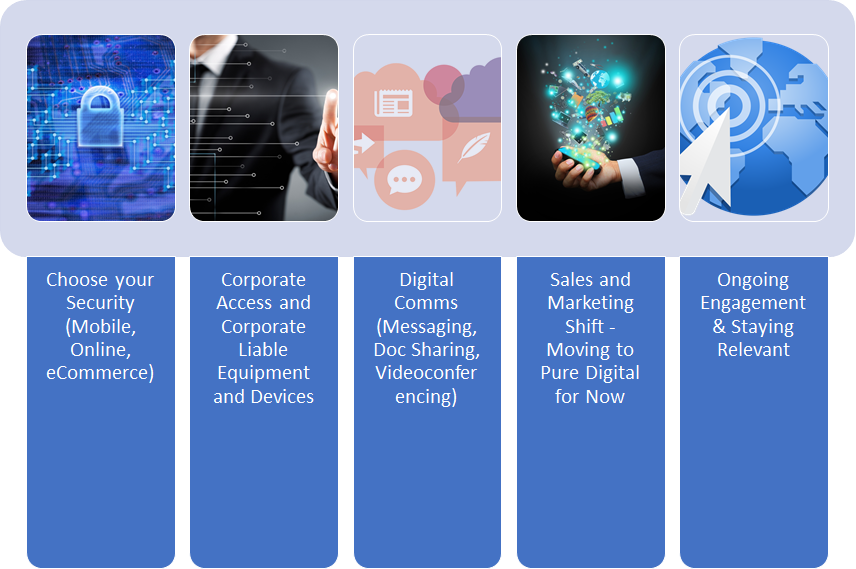

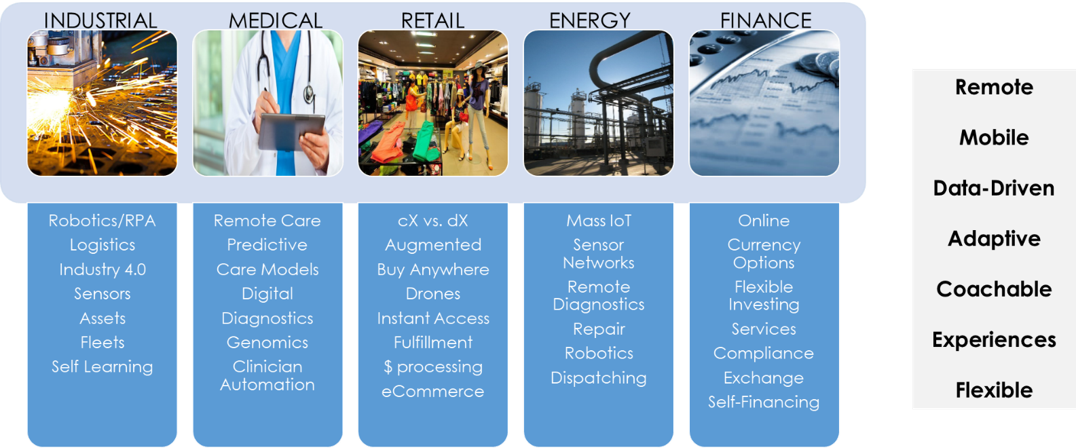
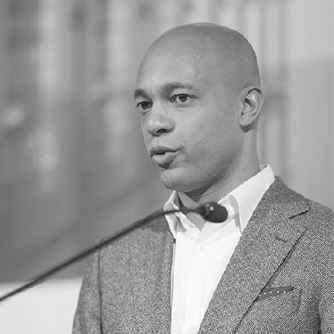

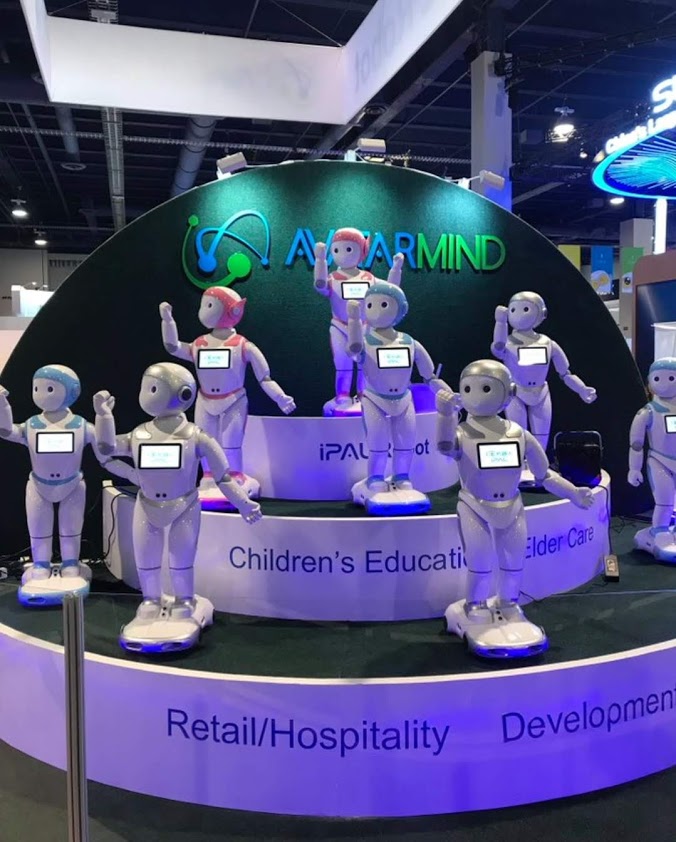
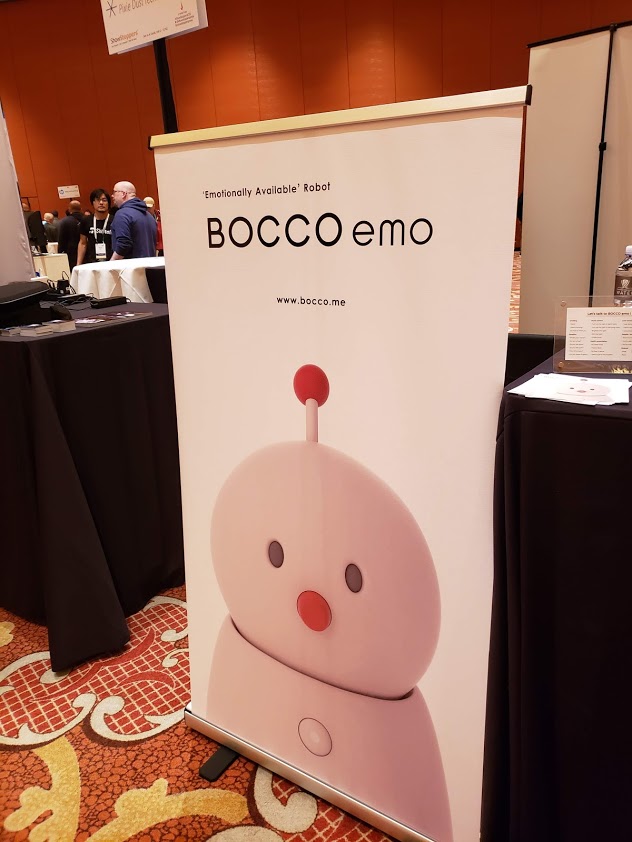
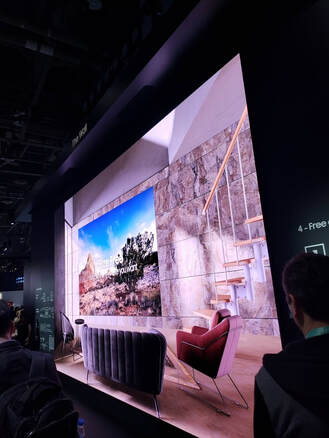
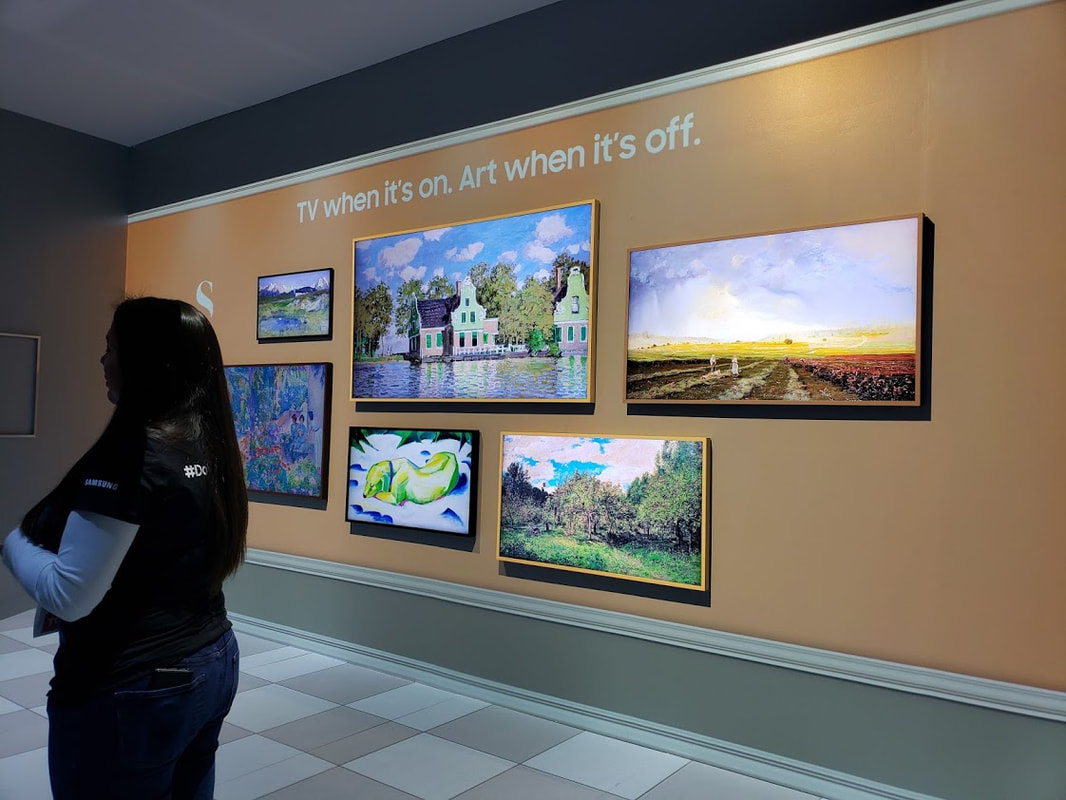
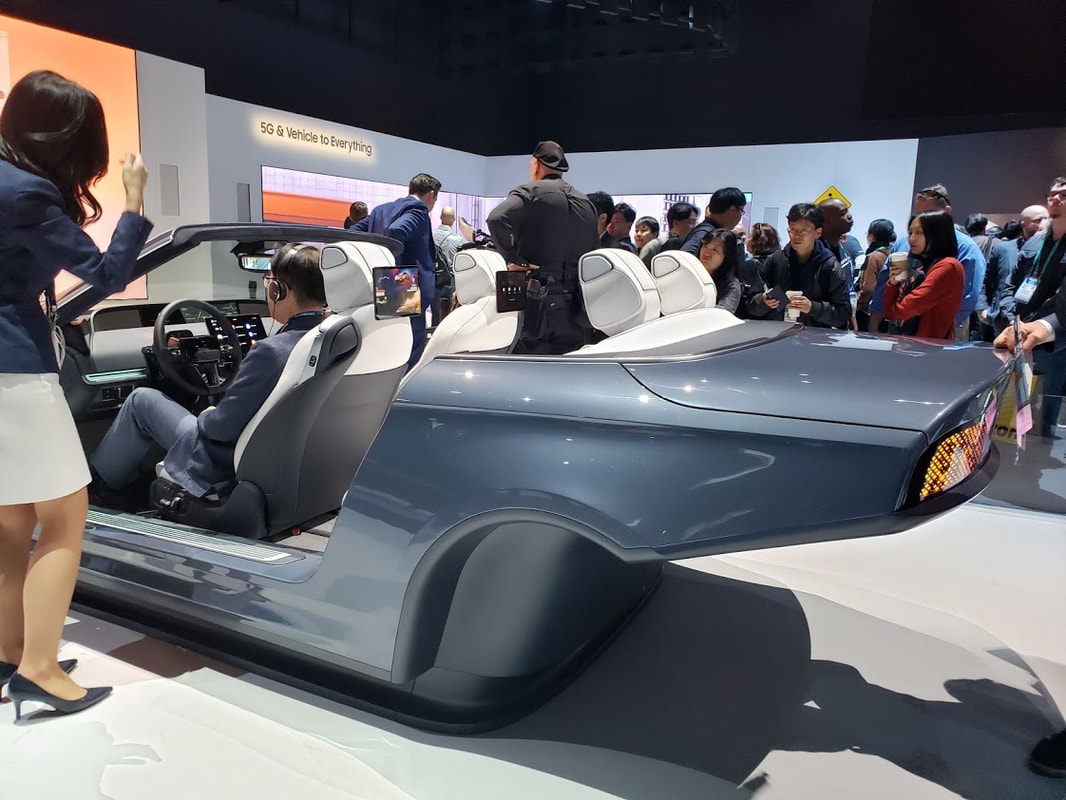
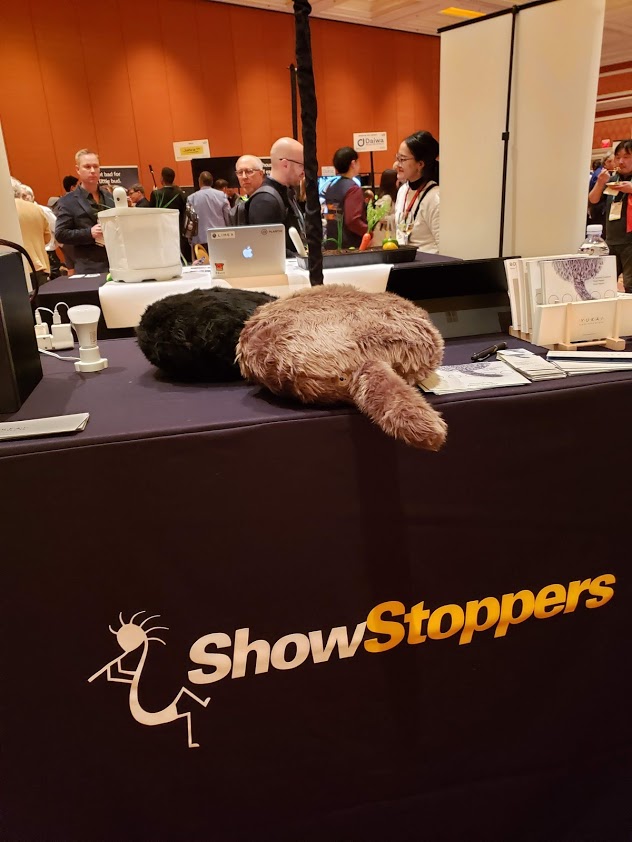
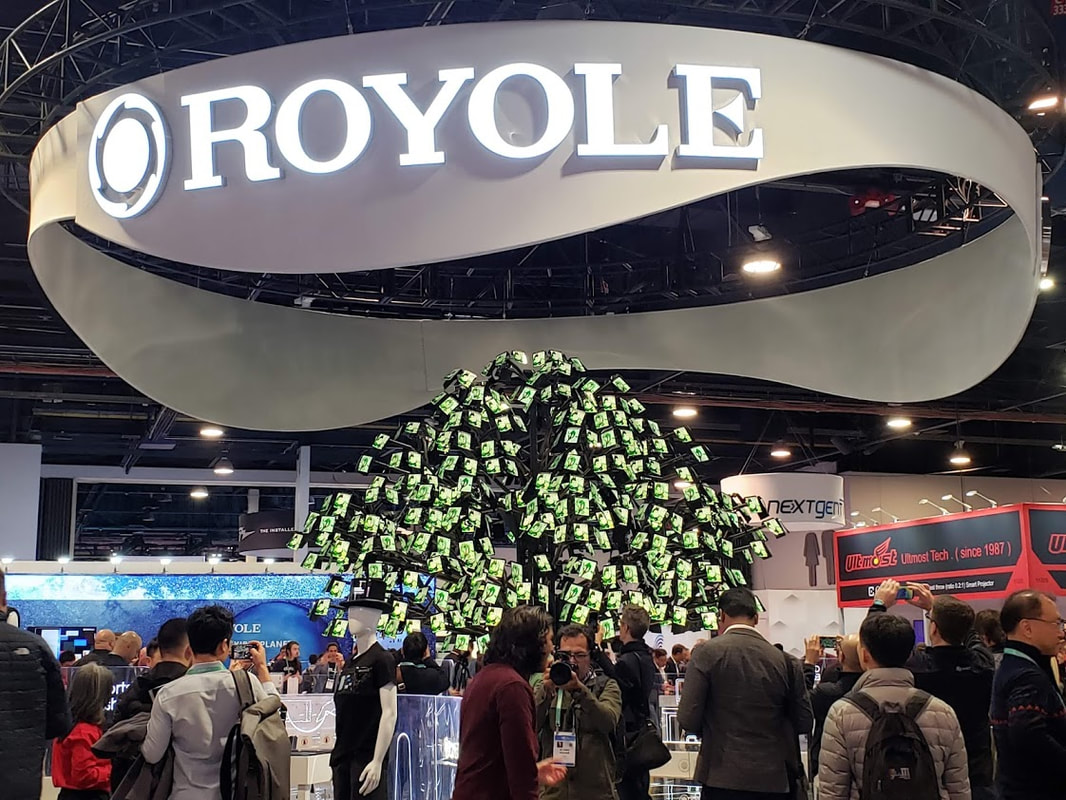

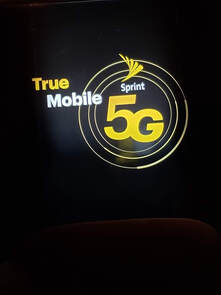
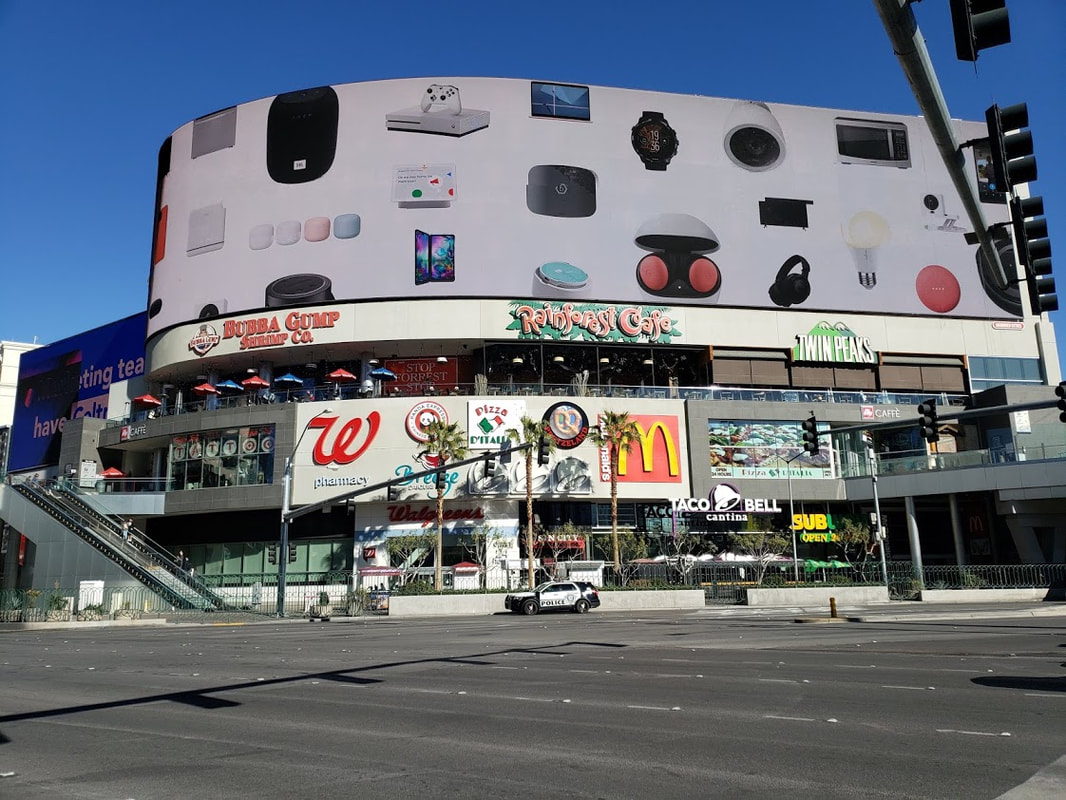

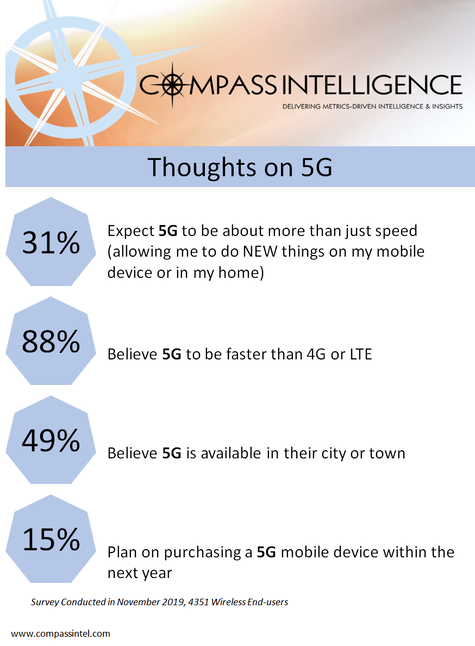
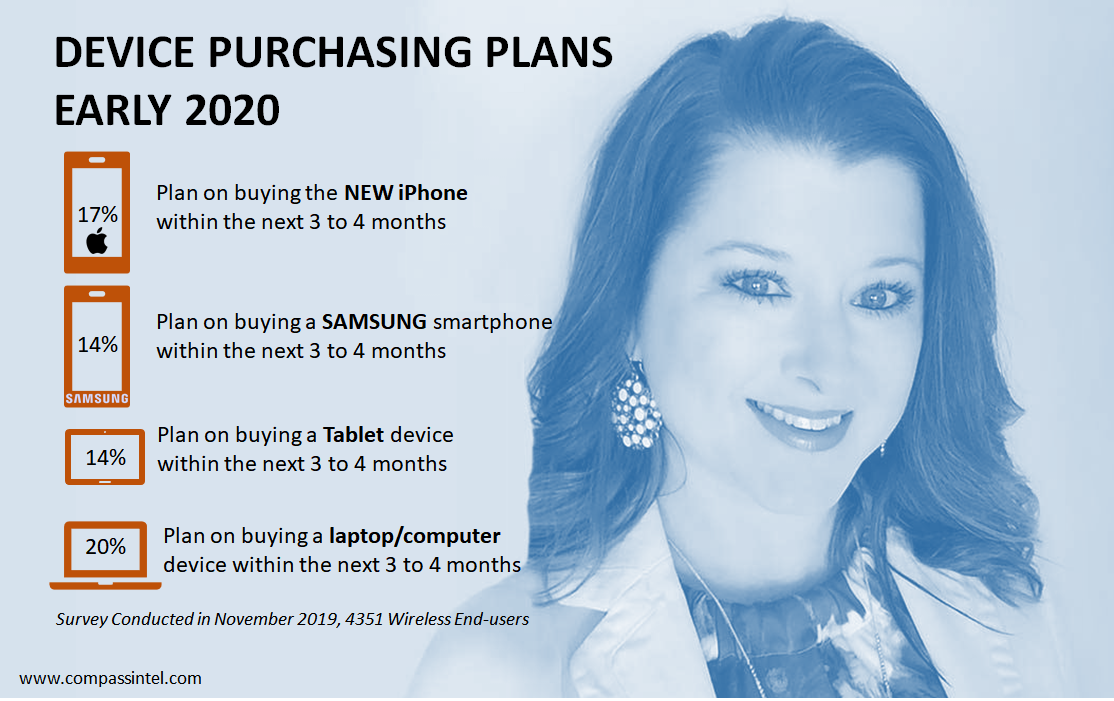
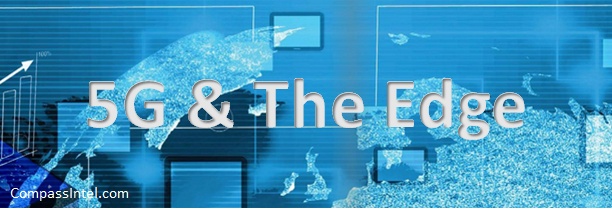
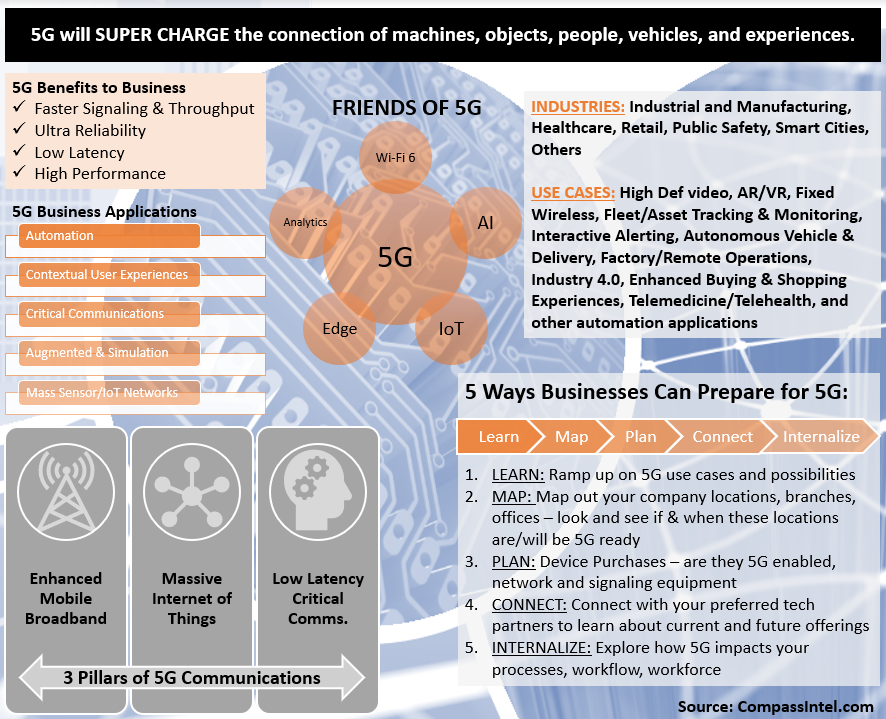
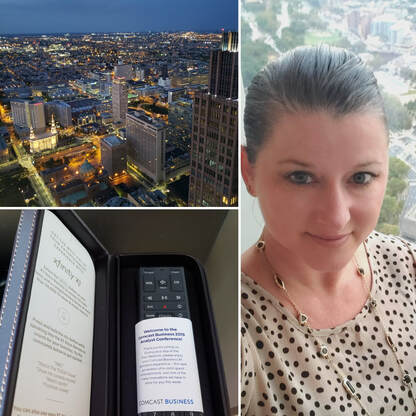
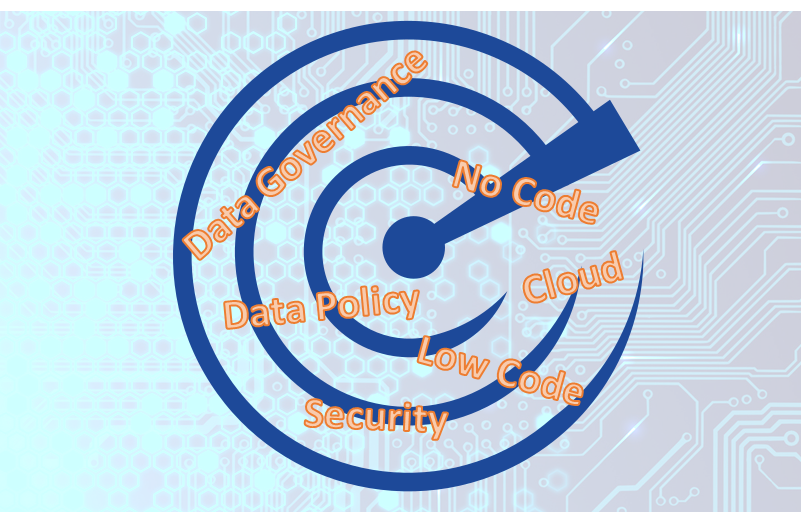

 RSS Feed
RSS Feed
